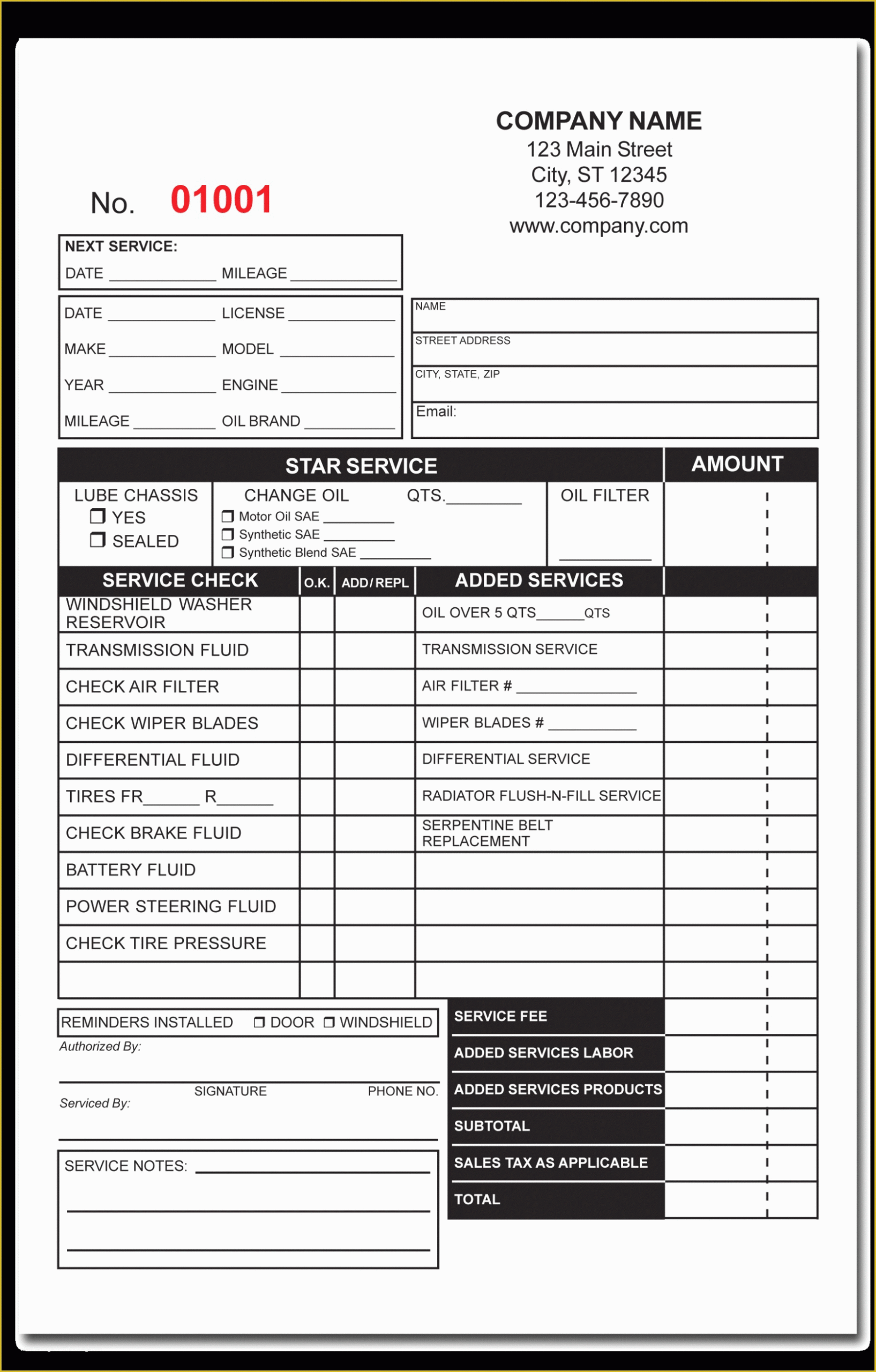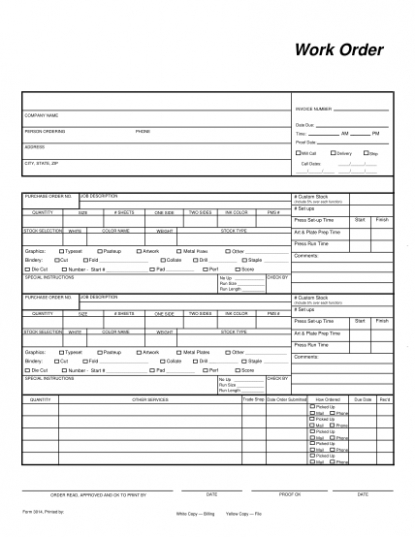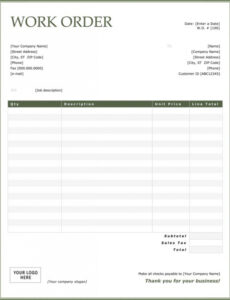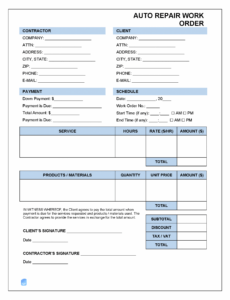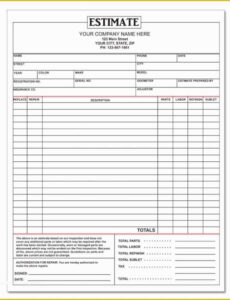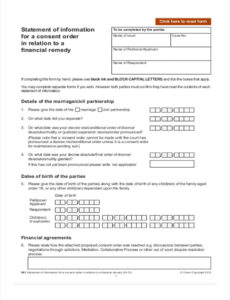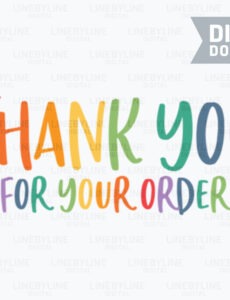Repair shop work order template – Enhancing the procedure of acquiring goods and services, order forms act as a crucial bridge in between services and their clientele. These documents not only assist in a smoother transaction but also aid in maintaining records and taking care of inventory. Tailored to fulfill the particular demands of each company, they can be found in various formats and designs, each targeted at improving the user experience and making certain precision in the orders placed.
The versatility of order forms appears in their different applications. From the bustling dining establishment taking lunch orders to the online retailer processing a purchase, these forms adjust to the context, supplying a organized method for services to organize and track client orders. This flexibility makes them essential tools in the smooth operation of commerce across industries.
An reliable order form starts with a clear, concise layout that guides the individual with the process detailed. It ought to be user-friendly, with rational sequencing from personal info to payment information. Each section must be plainly identified, and the form needs to be devoid of any unnecessary fields that can discourage conclusion.
Additionally, order forms are vital devices for supply control. They offer a thorough account of what’s being asked for, permitting specific supply monitoring. This is specifically crucial for services that deal with a a great deal of products or those that operate on a just-in-time stock system.
Settlement alternatives are a important part of any kind of order form. Providing a selection of payment techniques deals with a more comprehensive target market and can raise conversion rates. Whether it’s credit card settlements, PayPal, or various other online purchase services, guaranteeing protected and encrypted payment processing is non-negotiable for shielding consumer data and maintaining trust.
Last but not least, the order form ought to include a testimonial section where customers can confirm their order details prior to final submission. This action is critical for capturing any mistakes and verifying that the customer is satisfied with their selections. A clear call-to-action, such as a ‘Submit Order’ switch, ought to be plainly shown to finish the procedure.
Optimization of order forms is a constant process that entails understanding customer actions and choices. By evaluating finished forms and consumer feedback, organizations can determine areas for renovation and make adjustments that improve the user experience.
One method of optimization is A/B testing, where two versions of an order form exist to customers to figure out which executes much better. This data-driven technique allows companies to improve their forms based upon actual individual communications and choices.
An additional element of optimization is mobile responsiveness. With an raising variety of users accessing sites via mobile phones, order forms have to be developed to work seamlessly on smaller sized displays. This means bigger form fields, simplified formats, and easy navigation to make certain that mobile individuals can order with the exact same ease as desktop individuals.
Ultimately, the addition of auto-fill capabilities and integration with other business systems can improve the purchasing procedure. By lowering the moment and initiative needed to complete an order form, businesses can boost conversion prices and client contentment.
To conclude, order forms are more than simply basic records; they are an indispensable part of the client trip and service ecological community. They facilitate transactions, notify inventory choices, give useful information, and act as lawful documents. As businesses continue to advance, so also need to the design and functionality of their order forms, ensuring they fulfill the altering requirements and expectations of clients.
Welcoming the digital change, businesses can utilize innovation to produce vibrant and interactive order forms that not just streamline the process yet likewise enhance the overall client experience. In the end, the objective is clear: to make the course from rate of interest to buy as smooth as feasible, ensuring that consumers return time after time.
